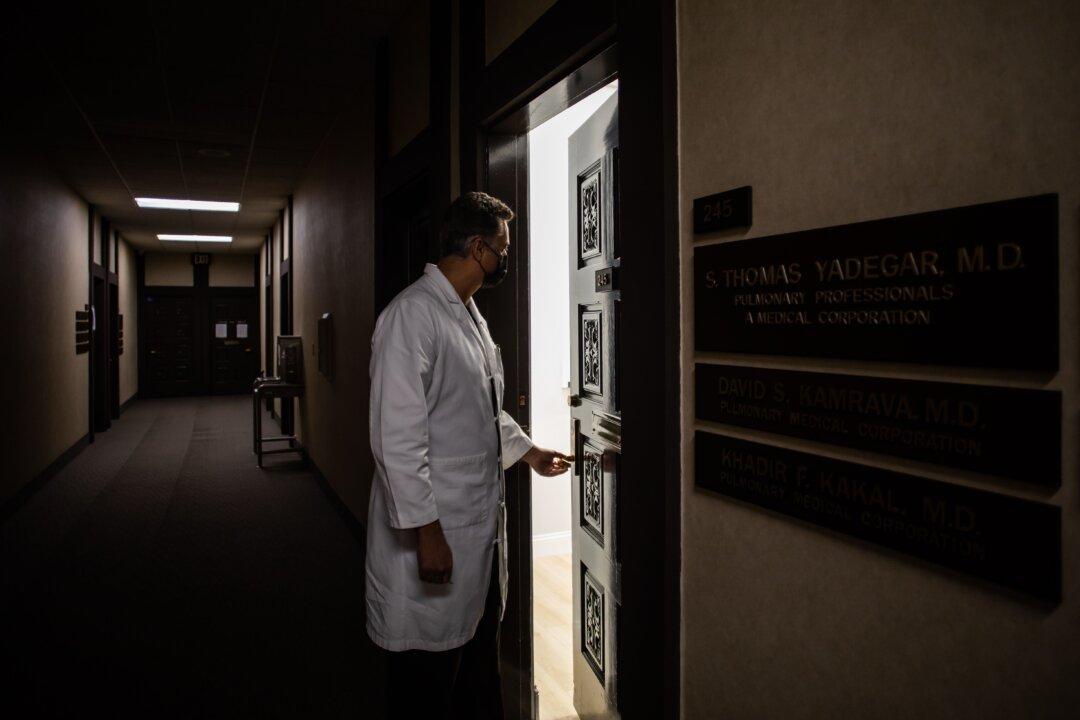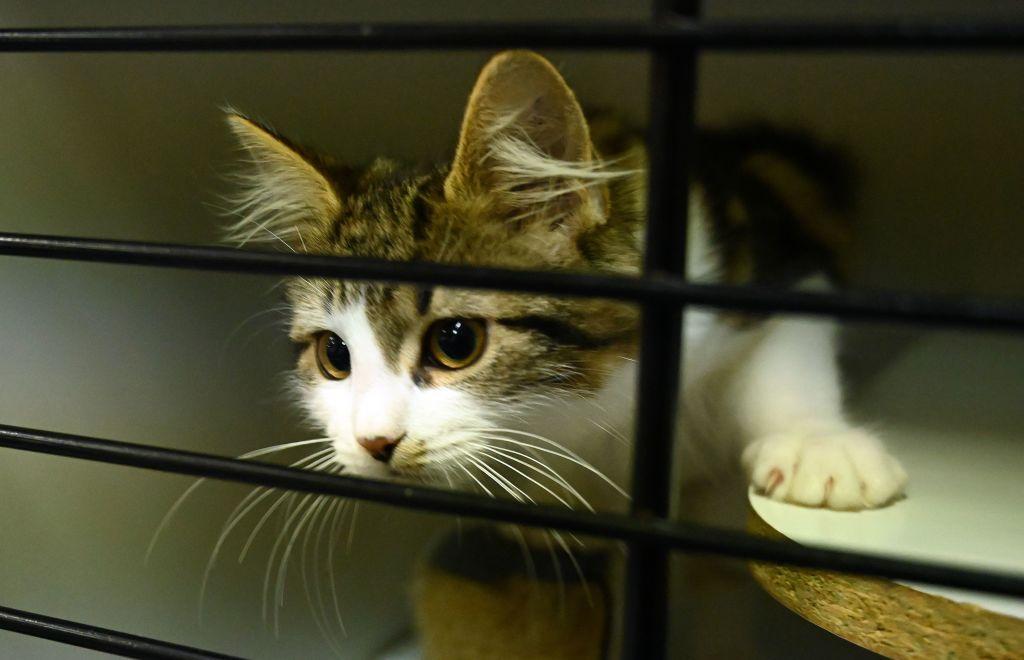Night shift workers are integral to multiple areas of society; however, people may not be fully aware of the danger that such work pose.
The impact of night work is not only daytime sleepiness, which can increase a person’s risk of road accidents, but also a higher risk of cancer, gastrointestinal issues, obesity, diabetes, and many other negative health consequences.




